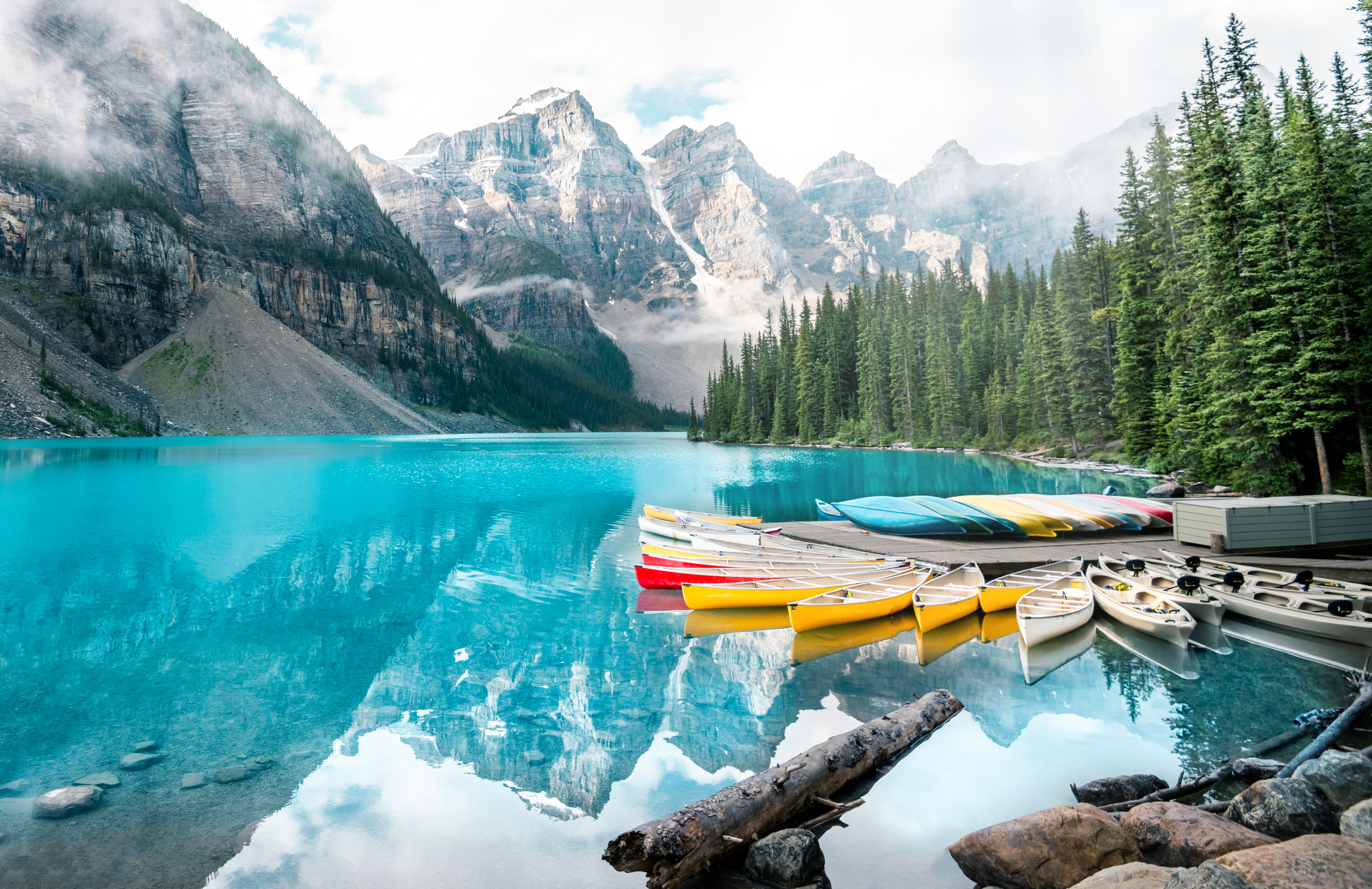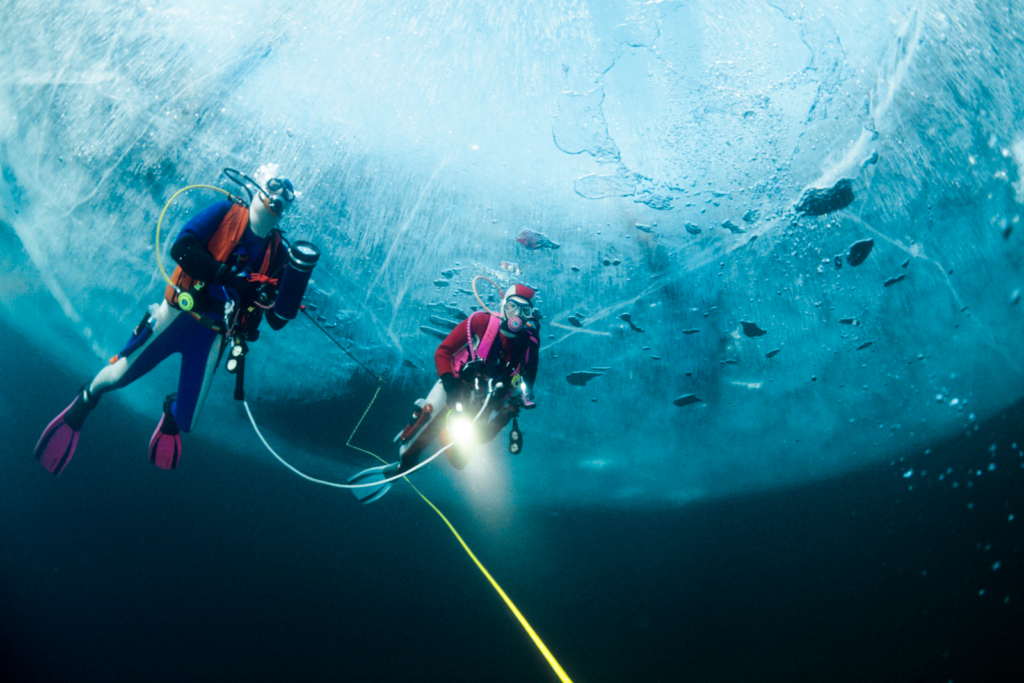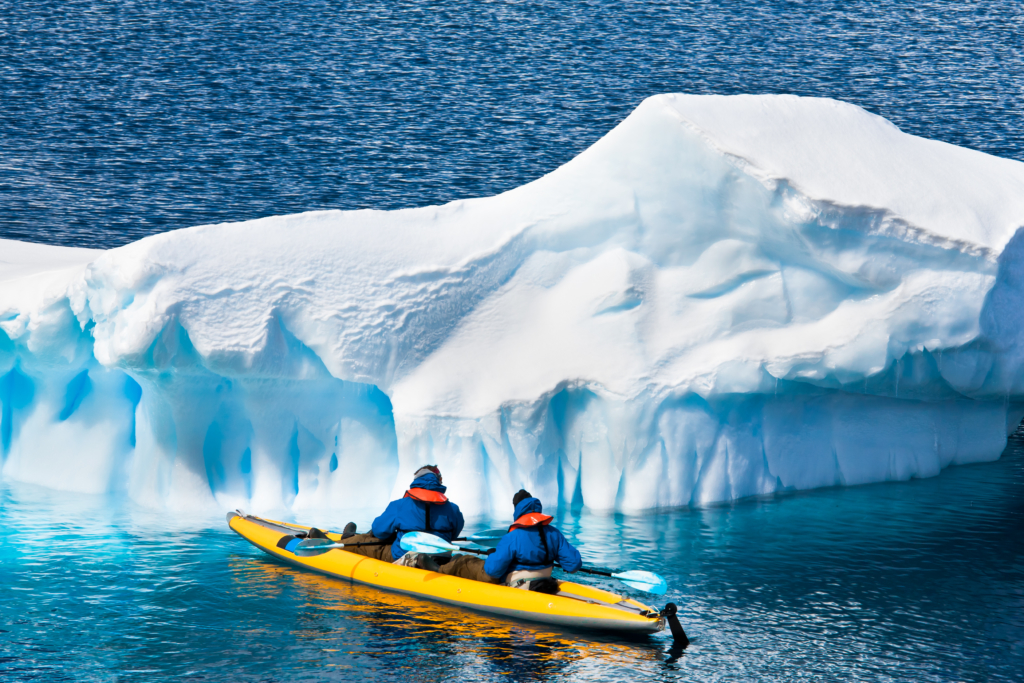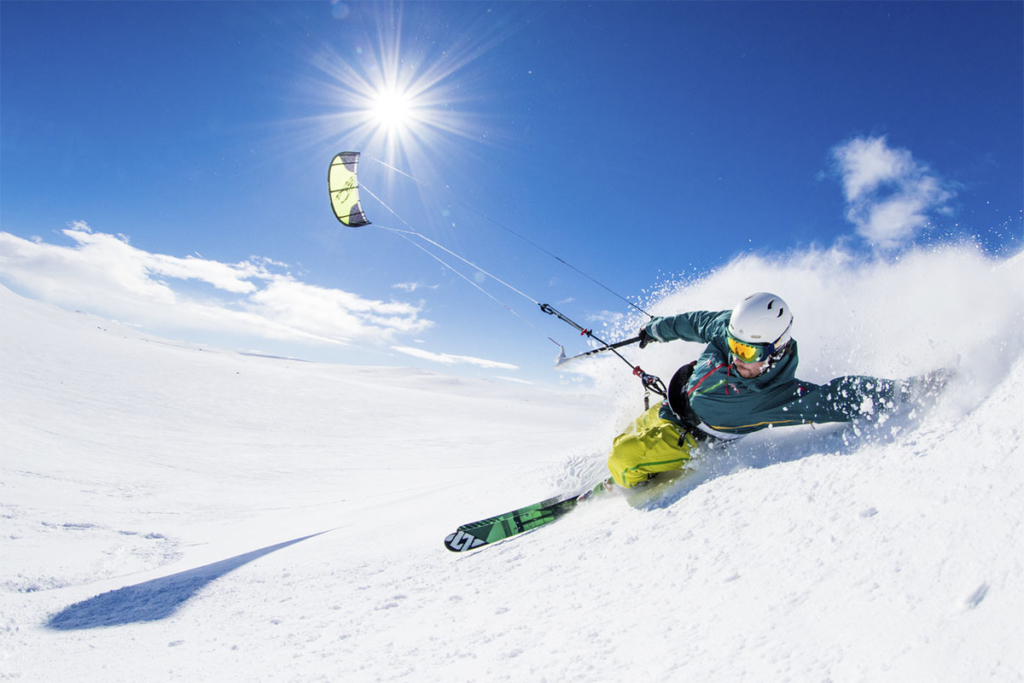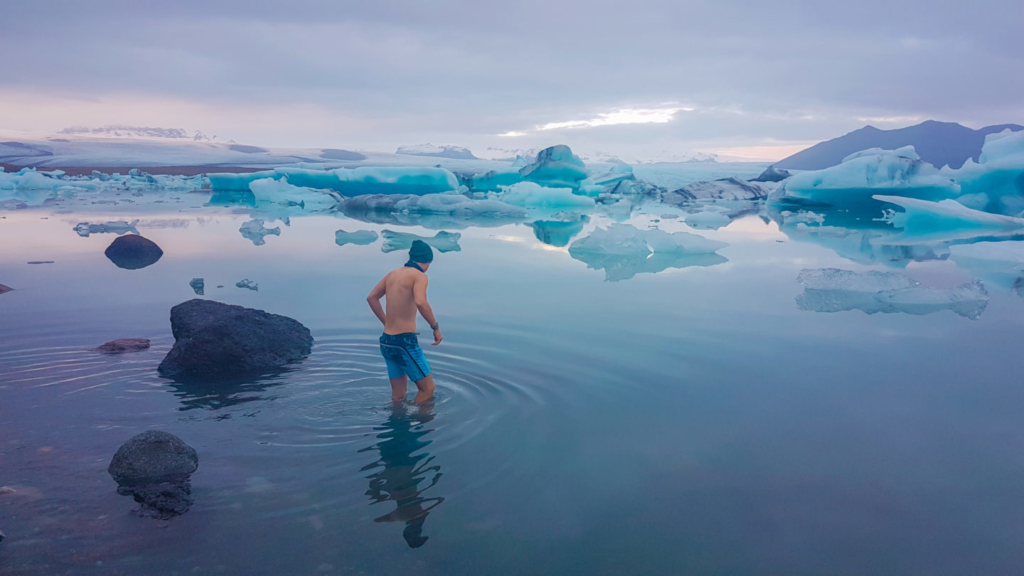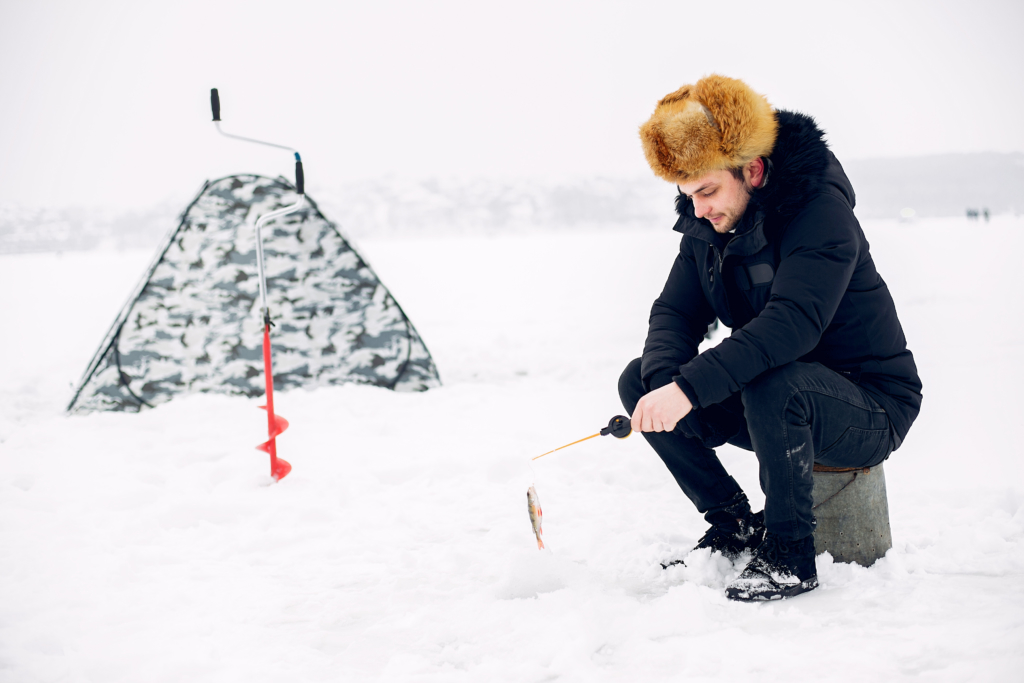Any die-hard scuba diving fan will tell you that it is even more fun to do when making that hole in the ice used as a starting point for diving in, and here is why: Although ice diving may seem like a lot of fun considering the aforementioned aspects, however, there are also several things to bear in mind, which can also be recognized as cons: The top destinations for the 2020-2021 winter season are considered to be the following: Kayaking is another watersports activity you can well enjoy throughout the warm seasons globally. However, another form of it is still pending for recognition, which lets you do the same as you would do but on the snow! Snow kayaking is perfect for you if you: Snow Kayaking during the winter may not be the right option for you if you: The ideal spots for kayaking in this winter season are: Kite skiing is another name for it similar to snow surfing, yet different so it is on this list. Its technique is very similar to windsurfing, yet it is harder to maintain balance since your arms have to take control over the kite. In this kind of activity, it is important to know that there are 2 types of equipment to choose from: foil kites and inflatable kites. See the tables below comparing the pros and cons for both: If you have already tried snow sports options (e.g., skiing and snowboarding) and traditional kiting, then snowkiting could be a great option for you to try yourself at! It is even possible on the flats as the lift from the kite, which would propel you. The aerodynamic accessory that comes with it also makes it easier to get enough air to pull off jumps and tricks! There are great destinations where this kind of sports can be well practiced: Yet another unusual way to get splashed through the cold season! Usually being done outdoors and known as “ice swimming” in colder destinations when the water is frozen. This type of activity is famous in North America for its polar bear plunges commonly held throughout the U.S. and Canada for celebrating New Year’s Eve and raise money for charitable programs. It is also popular in Eastern European countries like Russia, where its inhabitants also do it as a part of religious ritual to celebrate Epiphany. If in doubt, consider the following health benefits and risks reported by fans before doing: The best locations for practicing are known to be the following: Lastly, but certainly not least, the activity to be considered for this winter season is winter fishing. This kind of water-based activity, unlike the previous ones, may require a lot of preparation equipment-wise. Here is the list of just a few to consider if planning to ake the most out of cold fishing: Once you are all set with the aforementioned pieces of gear to carry with you for your next adventure, devote some time to think about the method of fishing among 3 most popular ones you would like to follow, as they also come with different equipment: This method involves permanent sitting at the hole throughout the selected period of time and lifts the pole from time to time by producing the jig effect. For this method to work, the following items are required: The 2nd and 3rd item on the list can be altered throughout the fishing event among each other to see which one works better. It is less intensive fishing and may require some time for preparation and extra items for involvement in the process: To find out how successful you are in this type of fishing, pay attention to the flag, which once lifted, notifies the angler about the fish on the hook. After that, pull the line in. As the fish starts to fight, get its head into the hole in the ice so that you could lift it onto the ice thereafter. There are 3 theories, each of which claims to produce the best outcomes for this type of fishing: Try them all each time you go out to the new place and see which one catches the best fishes in the lake! The last but not least method for winter fishing includes the involvement of a spear. Beware that many states in the U.S allow taking rough fish only if you choose to follow this method! Apart from the spear, consider involving the following equipment as well: Once the fish appears, plunge the spear into the water, and, here, is where not second, but millisecond counts! Here are just some places among many in North America alone where to travel for the most authentic winter fishing experience: So it all ends with thinking that watersports have a lot to choose from even during the colder periods of times; however, they should be well planned out and the arrangements should not be taken lightheartedly, so that not only will they be more fun, but also will be less stressful and life-threatening. In general, you wanna do winter water-based activities with an experienced person, especially if you are new to it, as it is more common with certain groups of people.Table of Contents
1) Ice Diving
2) Snow Kayaking
3) Snowkiting
Foil Kites
Pros
Cons
The size can be compact, usually is lightweight, which makes it easy to carry.
Sinks on the water and do not let to drift smoothly.
It can be relaunched off the water, let your jumps become floatier than ever, and get you in winds you previously thought are not kiteable.
Requires frequent high maintenance – bridles need tuning due to lightweight materials.
A perfect solution for low-end performance and more robust in general.
It can cause fears with limited self-rescue options when using and may require some training due to its structural fragile complexity.
Inflatable Kites
Pros
Cons
Kites assembled for the waves can be drifty, which lets to turn off the power as you surf through the mountain or carve.
It can be heavy; you need to always carry a pump with you.
Fast turning, better in high wind and can handle turbulent rotor better.
Harder to pack down properly.
Safer high wind solo landing options coming with fewer bridles and less drag.
Damages very easily, devalues very fast, light wind performance.
4) Winter Swimming
Health Benefits
Health Risks
5) Ice Fishing
Light Fishing
Fishing with tip-ups
Spearfishing
Final Thoughts to Consider
